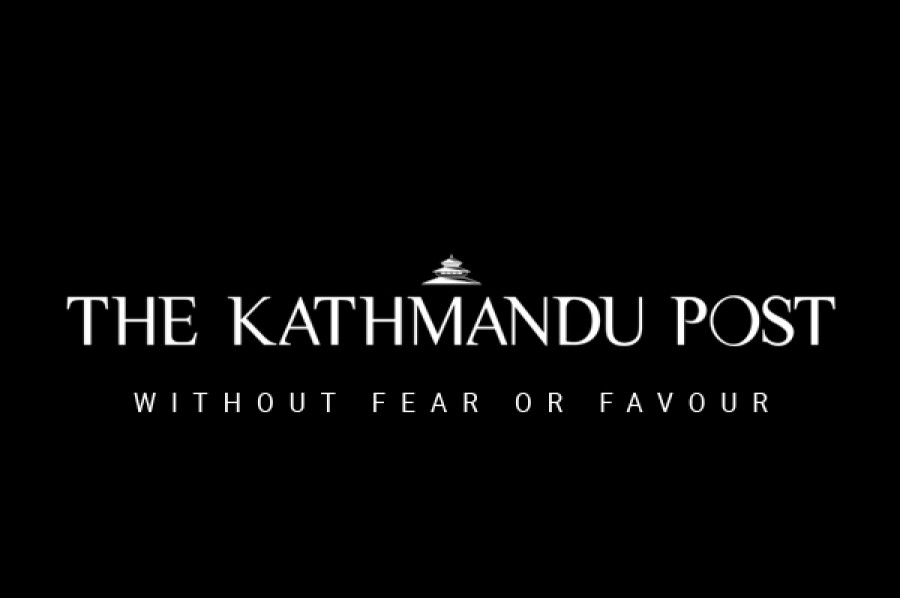Opinion
Nepali literature in India
Descriptions of some works competing for the prestigious Sahitya Akademi Award
Mahendra P Lama
In 1992, Nepali was recognised as the 19th official Indian language and included in the Eighth Schedule of the Constitution of India. It has been recognised as one of the modern languages of India by the Sahitya Akademi, or Academy of Letters, of the Indian government since 1975; and the prestigious Sahitya Akademi Award has been bestowed on the best literary works of Indian Nepali writers along with other Indian languages every year.
The process for picking the best literary work is well laid down. First, a comprehensive ground list of published works is prepared. Next, five to eight books are identified as potential competitors. Finally, three jury members sit, deliberate and decide the best work. Among the nine books that competed for the award in 2015, Gita Upadhyay’s Janmabhumi Mero Swadesh; Gupta Pradhan’s Samaika Prativimbaharu; Kalusingh Ranapaheli’s Prashna Chinha; Sudha M Rai’s Bhumigeet; Rajendra Bhandari’s Shabdaharuko Punarbas and Basant Kumar Rai’s Kehi Kathaharu are worthy of mention.
Indianness of Indian Gorkhas
The entire plot of Gita Upadhyay’s novel is woven around the mobilisation of village folks in and around Tezpur, Assam against the highhandedness of the British Indian government and their joining the freedom struggle led by Mahatma Gandhi. Villagers living in the vicinity of Kaziranga forest are thrown out and their homes burnt as the area was declared a reserved forest. An Indian Gorkha named Chabilal Upadhyay leads the protests. The British tried to divide communities and geographies at the lowest possible level.
During Gandhi’s visit to Tezpur when Chabilal was arrested, his conversationwith the British local police commissioner Creche Saheb at Hazra Park was recorded like this: “Your Nepal is an independent country and our friendly neighbour. Why do you involve yourself in this movement? Disassociate yourself from the Congress, you will be given all the facilities by the government. You do not need to do anything, if you come along in my car, you will get Rs500 per month, gratis. You will get back your confiscated rifle and pistol.”
This very damaging statement hurt Chabilal’s identity as an Indian and his integrity as an individual. Chabilal replied, “My birthplace is Assam, and I will die in Assam. Nepal could be an independent country, but I have never seen Nepal. Wherever I am born that is my motherland. My ancestors could have come from Nepal at a particular juncture, and hence Nepal could be the land of my father, but I have nothing to do with that country now. I know only about my motherland. This country’s movement is therefore my movement.” This had a huge message for the British India regime about the Indianness of Indian Gorkhas.
The novel provides a very captivating glimpse of the life of the Nepali community in rural Assam during the early 20th century. Gita Upadhyay reconnects the ever neglected north-eastern region with the rest of India in a creatively competitive framework, and shows that the freedom struggle became successful because the Indian civilisational ethos respected different cultures, languages, professions, geographies and religions.
Use of rural colloquialism
Similarly, Gupta Pradhan is an infectious storyteller and makes the reader wait for another moment, hour, page and event.
The stories end when they are at their pinnacle. In “Sapit Sahar” (cursed town), a stranger in search of drinking water wanders around the town but does not get any. He comes across a hermit who has known the town and the people intimately, and starts conversing with him about how difficult it has been to get even a cup of water. It so happens that the hermit himself has been looking for drinking water for ages without success.
While they are talking, a protest rally appears, and the writer asks the hermit if the protest is against the water scarcity. The hermit replies, “No, no, there is never any protest about the water scarcity in this town now. Because the moment the water scarcity becomes an issue, no one will join the protest march. Because in the past, many people have made it a politics of opportunity...this is a protest against wrongs.
This is a protest which wants to add another wrong to the history of wrongs in this town.” In Kalusingh Ranapaheli’s superbly written short stories, one finds newer thinking processes clashing with traditional practices. There are also complexities that have no simplicities where a childless couple philosophises about their childlessness through various expressions including the creation of a literary piece like a novel personified as their son. The power of arguments is reflected in “Ajingar Ra Muso” (python and mouse). The mouse’s clever argument about why the stomach becomes a source of sorrow and pain mesmerises the python which ultimately makes it lose both its stomach and appetite.
The writer is swift, pointed and concise in his very short yet effective stories. What is fascinating is the use of rural colloquialisms that illustrates the store of rich rural expressions in Indian Nepali literature.
For example, a simple description of how villagers plough and prepare the fields in the month of Asar for sowing paddy for the next food season contains scores of terms and expressions that urban dwellers have conveniently forgotten. Expressions like “aali-aali” (some sort of terraced fields), “hollow and heele hollow” (ploughing forks pulled by cattle), “juwa” (yoke), “jotaro” (tightening rope), “haris” (the long wood that joins “juwa-hollow”) are spread all over profusely.
Vivacious expressions
Sudha Rai, in her anthology of 30 well-crafted poems, writes about the futility of life and living. The limitlessness and colourlessness become the theme of “Mayaka Bhakaharu” (tunes of love). A letter from a village wife to her husband fighting on the battlefield states: “Sometimes I am lost while I am furrowing the terraced fields sometimes I injure my hands while cutting vegetables maybe this state of mind is noticed by our eight year old Dumuhang, as he asked me what happened to you Mother hope you have sent a letter to our Father hope you have mentioned about toy pistol and new clothes when he arrives for Dussehra this time.” In Rajendra Bhandari’s collection of poems, expressions are complex and intriguing, and sometimes it is very difficult to decipher what his poetic feeling actually wants to convey and to whom. A reader tends to become directionless and at times clueless both within a poem and across poems. A simple reader loses interest and becomes disgruntled in not getting the core of the poems in the end.
Perhaps this is his style. Among Basant Kumar Rai’s tastefully written short stories, “Neta Chunab Harepachi” (leader after losing the election) exposes the arrogance and theabsence of moral values in politicians. The blatant changes in societal attitude after a man retires from a prestigious position are shown in “Awakash Prapti” (retirement), which are the most vivacious expressions of his creative thinking.
Lama teaches at Jawaharlal Nehru University, New Delhi and has been a jury member of the Sahitya Akademi Awards in Nepali literature for the last two decades




 21.91°C Kathmandu
21.91°C Kathmandu












